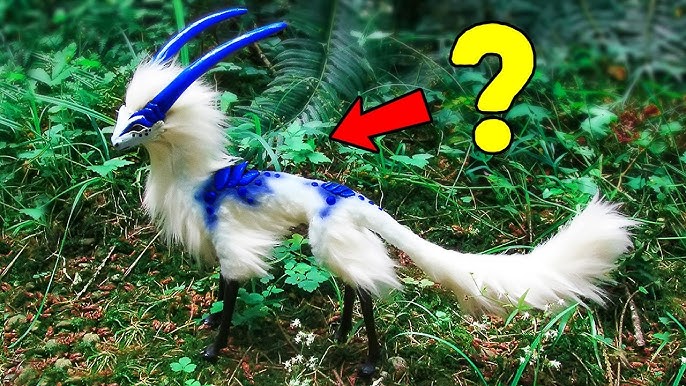In a discovery that seems straight out of a science book, wildlife experts recently found a two-faced snake, a creature so rare that it’s estimated to occur in only one out of every 100,000 births.
A Rare Genetic Miracle
This unusual snake, known scientifically as a bicephalic reptile, has two fully formed heads that share the same body. Each head has its own brain, tongue, and ability to move independently. According to herpetologists, this rare condition happens when a snake embryo begins to split into twins but doesn’t completely separate — resulting in one body with two heads.
A recent case was reported in Arkansas, USA, where a homeowner spotted the two-headed snake in their backyard. Wildlife officials safely collected it and confirmed that both heads could flick their tongues and react to movement, though coordination between them was difficult.
Life With Two Minds
Experts say two-headed snakes rarely survive long in the wild because both heads often try to move in different directions, making hunting or escaping predators nearly impossible. In captivity, though, some have lived for several years under careful care and controlled environments.
Similar sightings have also been documented in Florida, Virginia, and Canada, each time drawing massive online attention. Videos of these snakes moving awkwardly but fascinatingly often go viral, sparking curiosity about how such creatures manage daily life.
Nature’s Rare Creation
Scientists emphasize that while two-headed animals might look strange, they’re completely natural — a reminder that nature isn’t always perfect, but it’s always full of surprises. The bicephalic snake stands as one of the rarest living examples of how genetics can create true biological wonders.
Even in today’s world of science and technology, moments like these remind us that nature still holds mysteries that continue to amaze and inspire.



